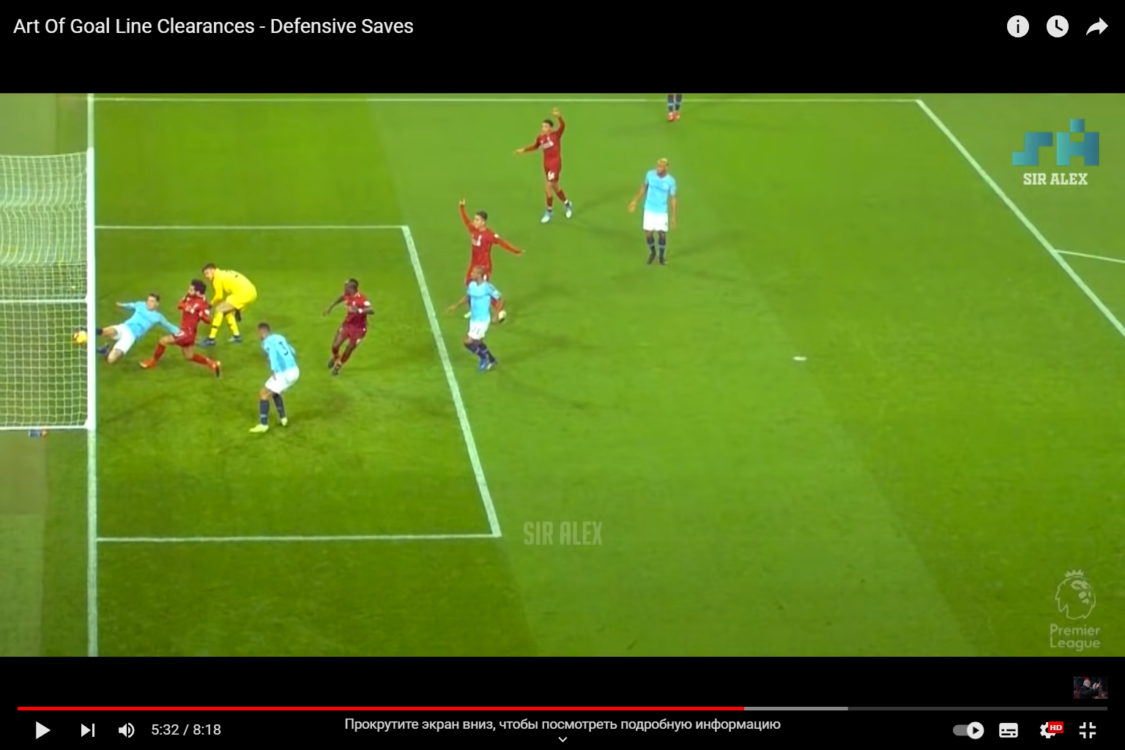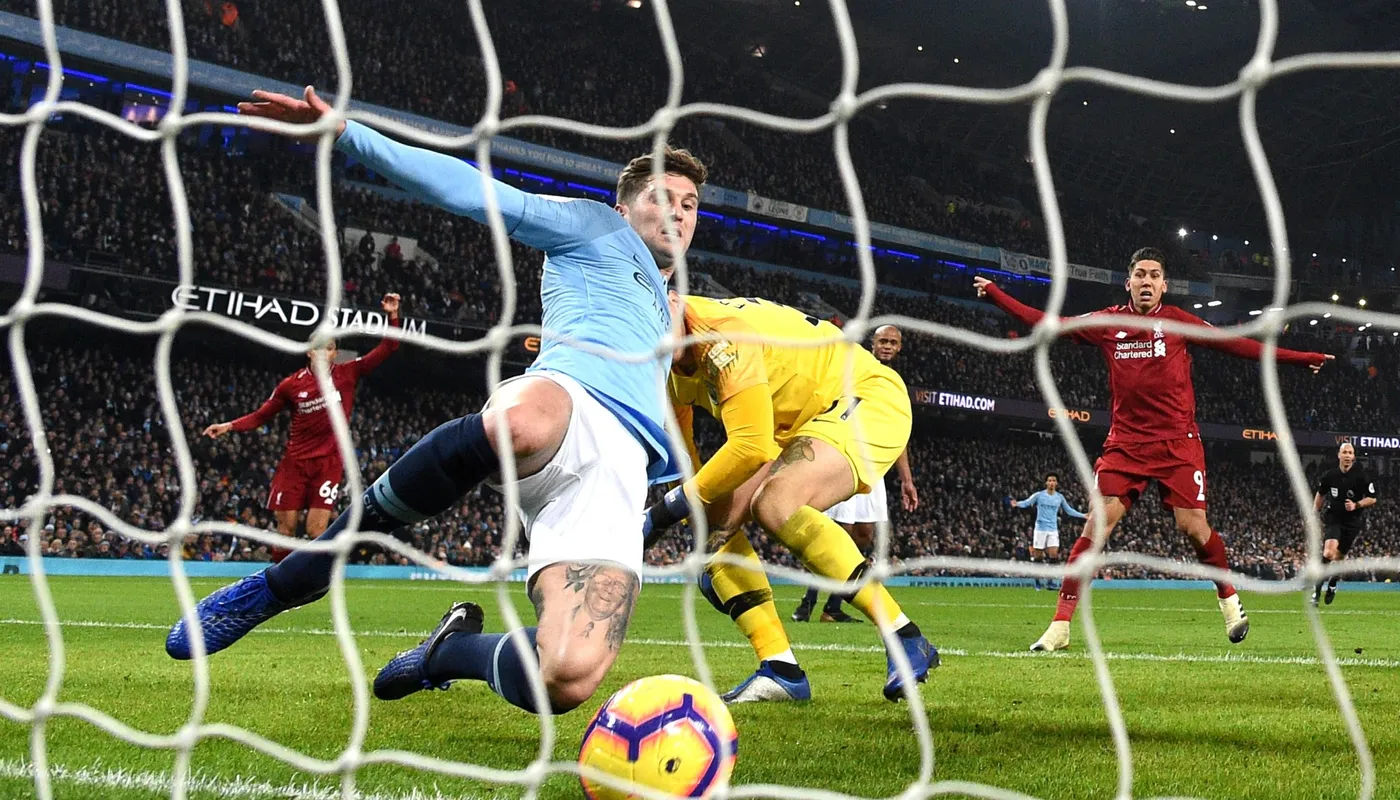A Deep Dive Into Soccer Clearances
In the dynamic world of soccer, clearance stands as an elemental defensive strategy. This fundamental tactic involves a player booting the ball away from their own goal, typically during a defensive crisis, with the primary objective of averting immediate threats.
Understanding The Significance Of Clearances
Soccer clearances act as the last line of defense when all other strategies falter. By executing a successful clearance, a player can quickly transition the game from defense to offense, shifting the pressure onto the opponents.
The Art Of Effective Clearances
Effective clearances are more than just kicking the ball away. It’s about considering the field’s layout, the opponents’ positions, and the ball’s trajectory. Professional players develop this skill through rigorous training, emphasizing accuracy, timing, and power.
Tactical Perspectives On Soccer Clearances
How Clearances Shape Defensive Strategies
From a strategic standpoint, clearances often dictate a team’s defensive approach. High-pressure matches can see teams resorting to clearances more often as they aim to thwart any potential goals.
The Role Of Defenders And Goalkeepers In Clearances
In soccer, defenders and goalkeepers are primarily responsible for clearances. Their positions allow them to identify imminent threats and respond with an effective clearance.
Clearances And Counter-Attacks
Clearances can pave the way for rapid counter-attacks. A well-directed clearance could bypass the opponent’s midfield, landing directly with an attacker, setting up a counter-attack opportunity.

Analyzing Soccer Clearances: Techniques And Impact
Different Techniques Of Clearances
There are multiple clearance techniques in soccer, including the basic kick, header clearance, and volley clearance. Each method requires a unique skill set and situational awareness.
The Impact Of Clearance On Match Dynamics
Clearances significantly influence a match’s dynamics. A successful clearance can swing momentum, while an ineffective clearance might lead to an opponent’s goal.
The Risk And Rewards Of Clearances
Like any tactic, clearances come with their share of risks and rewards. Although effective in preventing goals, a misplaced clearance could provide the opponents with another chance to attack.
Mastering Soccer Clearances: Training And Practice
Essential Drills For Enhancing Clearance Skills
Regular drills can help players enhance their clearance skills. These might include practice games, targeted kicking exercises, and situational drills that mimic match conditions.
The Importance Of Conditioning For Effective Clearances
Physical conditioning plays a crucial role in executing successful clearances. Strength, endurance, and agility training can contribute to better clearance abilities.
Psychological Aspects Of Executing Clearances
The psychological aspect is equally essential for clearances. Players must keep calm under pressure and make effective decisions to clear the ball successfully.
Five Famous Soccer Clearances in History
1. David Luiz in 2012 Champions League Final: During the nail-biting clash between Chelsea and Bayern Munich, David Luiz performed an unforgettable clearance in the dying minutes of the game, contributing to Chelsea’s victory.
2. Trent Alexander-Arnold against Napoli in 2018: Alexander-Arnold’s clutch clearance from the goal line during Liverpool’s critical Champions League group stage match against Napoli helped them secure a spot in the knockout stages.
3. Jerome Boateng in 2014 World Cup Final: Boateng’s numerous clearances, including a heroic goal-line save against Argentina, were instrumental in Germany’s World Cup triumph.
4. Franz Beckenbauer against Italy in 1970 World Cup Semi-final: Beckenbauer’s extraordinary clearance while playing with a dislocated shoulder is a testament to his legendary status.
5. Nemanja Vidic in 2008 Champions League Semi-final: Vidic’s crucial last-minute clearance against Barcelona ensured Manchester United’s progression to the final, where they emerged victorious.
Essential Elements of Effective Soccer Clearance: A Checklist
- Strong Ball Contact: Striking the ball with power is crucial to ensure it travels a significant distance away from the danger area;
- Proper Direction: Direction is equally important. A well-aimed clearance reduces the chance of the ball falling to an opponent near the goal;
- Timing: Timing is critical in clearances. A mistimed clearance could end up in the net or at an opponent’s feet;
- Awareness: Players must be aware of their surroundings, including the ball’s position, the opponents’ positions, and their team’s formation;
- Composure: Clearances often occur under pressure. Maintaining composure ensures the execution is not rushed or misdirected;
- Physical Strength and Conditioning: A player’s physical capabilities, including strength and endurance, can influence the effectiveness of their clearance;
- Training and Practice: Regular training helps improve the technique and accuracy of clearances, making them more effective.

The Influence of Clearances on Modern Soccer Tactics
Soccer has evolved over the years, and the role of clearances is no exception. While it was once viewed as a desperate last-ditch effort, the modern game sees it as a strategic decision, a method to break down play and disrupt the opponent’s rhythm.
The Shift from Build-up Play
Traditionally, teams preferred to play from the back, maintaining possession and orchestrating calculated attacks. However, with high-pressing tactics gaining prominence, clearances have become an increasingly reliable way to bypass the press and launch swift counterattacks.
The Emergence of ‘Route One’ Football
The influence of clearances has given birth to a style of play known as ‘Route One’ football, where the team predominantly relies on long balls and clearances to advance upfield. This approach, while criticized by some as unattractive, has proven effective for teams with strong, fast forwards who can capitalize on these long balls.
Analyzing the Role of Clearances in Different Soccer Formations
The role and frequency of clearances can vary depending on the team’s formation and defensive setup. Here, we will explore how clearances play out in different strategic contexts.
Clearances in a High Defensive Line
When teams adopt a high defensive line, clearances become crucial. The defenders, positioned away from their goal, often resort to clearances to avoid the threat of fast, over-the-top through balls from the opponents.
Clearances in a Low Block
In contrast, teams with a low block, or ‘park the bus’ strategy, rely heavily on clearances. Their game plan revolves around absorbing pressure and then dispatching the ball long into the opponent’s half, hoping to catch them on the break.
Clearances in Wing-Play
Teams focusing on wing-play, utilizing the flanks for their attacks, often see their full-backs executing clearances. As these players handle wide threats, a strong clearance can help neutralize cross-based attacks.
Conclusion
The art of clearance in soccer is a critical defensive tactic that requires a combination of skill, strategic understanding, and composure. While it may seem like a straightforward concept, its effective execution can significantly influence the game’s outcome. Through dedicated practice and tactical understanding, players can master this technique, enhancing their defensive contributions and helping their teams maintain a solid backline.
